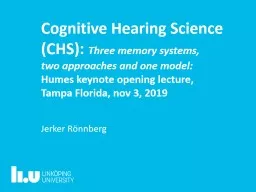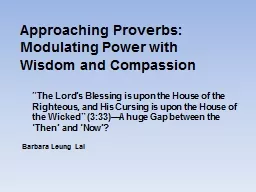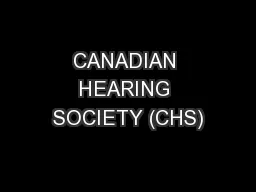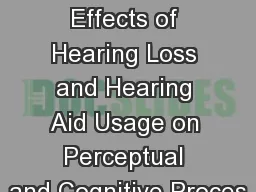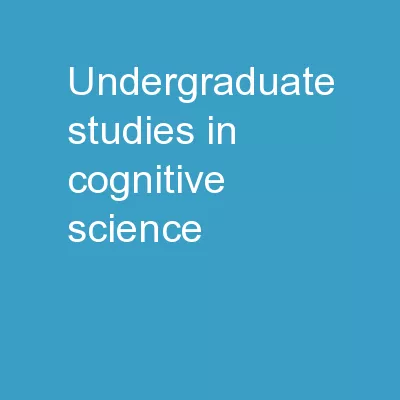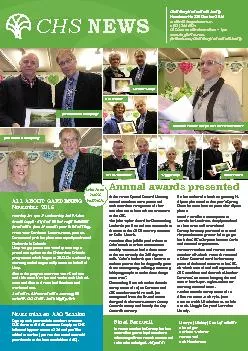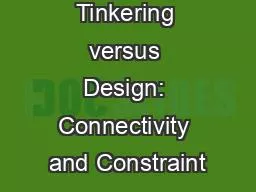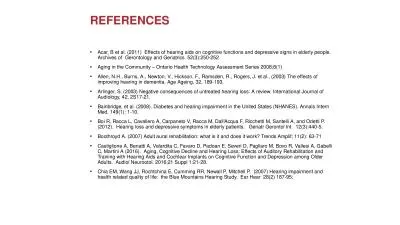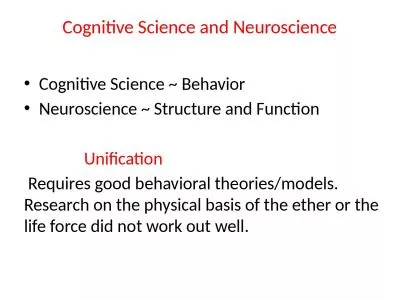PPT-Jerker Rönnberg Cognitive Hearing Science (CHS
Author : alida-meadow | Published Date : 2020-01-27
Jerker Rönnberg Cognitive Hearing Science CHS Three memory systems two approaches and one model Humes keynote opening lecture Tampa Florida nov 3 2019 Cognitive
Presentation Embed Code
Download Presentation
Download Presentation The PPT/PDF document "Jerker Rönnberg Cognitive Hearing Scien..." is the property of its rightful owner. Permission is granted to download and print the materials on this website for personal, non-commercial use only, and to display it on your personal computer provided you do not modify the materials and that you retain all copyright notices contained in the materials. By downloading content from our website, you accept the terms of this agreement.
Jerker Rönnberg Cognitive Hearing Science (CHS: Transcript
Download Rules Of Document
"Jerker Rönnberg Cognitive Hearing Science (CHS"The content belongs to its owner. You may download and print it for personal use, without modification, and keep all copyright notices. By downloading, you agree to these terms.
Related Documents

